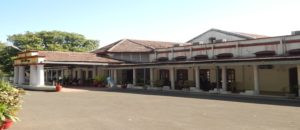
It was circa 1998, and with my first ever internet connection, Satyam online, I was surfing the net at snail’s pace. I stumbled on a web hosting site called angelfire.com.
They were giving away free web hosting space for single page websites for people wanting to publish personal web sites.
I came across a six year old from Sweden who had published a picture of her doll house with a short note about herself. Could not find that site , she would be a young lady by now. The pic above shows another six year old rocking on his personal web site.
I asked myself , if a six year old could do it, why not me. I registered my first domain name Sibha.com for free and published my first web page at angelfire.com. 50 percent of the screen space was covered by advertisements and I had a domain name and hosting space for free! Cost of paid hosting was quite prohibitive, not to mention the cost of hardware and networking connectivity.
It was almost thirty years ago and yet today we hardly see any personal web sites. Who killed the interest ?
Firstly, those were the days when there were no smart-phones and applications like Facebook and WhatsApp were beyond any imagination. The first web application on social media, as I know was Orkut by Google in 2004.
So, personal website was the only way one shared photos on public. The net connectivity was not good enough for sharing videos.
Of course email groups were the conduits for sharing gossips and net gyan. So, it made a lot of sense for anyone; individual or a commercial venture to have a website to communicate with the public. HTML language and web site designing were taught in schools, though as always HTML was taught in Indian schools by teachers who had no idea of computers and it was just another set of questions and answers.
After the dot com bubble burst in the early 2000, and with the advent of smartphones and dumb apps, emails and web sites were solely for business . The death knell to personal websites was sounded loud and clear.
Why do we need to revive it ?
Today we have a plethora of media to convey to the rest of the world what you had for breakfast and what gifts you got for your birthday . The vocabulary of a netizen is restricted to like, forward , upload, emojis and stickers.
The art of writing a good email or creating an art work with 0s and 1s is hardly rewarded. Just pick up something from the net and keep forwarding it to all your friends, frenemies and their uncles and aunts.
For young people, particularly, a website would foster creativity while instagram or whatsapp makes people Zombies. New terms have come up like sexting and drunken texting , in this age of instant gratification. When I write a blog , I look for a quiet place and for texting and forwarding memes, the noisier the place , better it is.

Whatever, while Smartphones with their apps cannot be wished away, they do have their place, it is time we revive the kind of media that calls for deliberate creative writing (not texting) or art work.
Any company or a professional who wants to showcase her products or ideas would require a website, not whatsapp or facebook.
Other big changes which have occurred over the years is the falling price of web hosting and ease of web designing. Today you can host a site at one third of the money you spend on mobile bills. You can put up a site and maintain it without writing a single line of code.
Here’s a brief howto defined in Four Steps on how to approach the issue if you ever want a site of your own.
Step 1. Decide on the right name and a domain name for your site. It could be personal like ‘anuwrites.online’ or a business-like url printsolutions.com .
Step 2. Goto any of the hosting sites which would do the name registration . Some links are https://in.godaddy.com/ , https://www.bigrock.in/ . Register your domain name for one year, two years or as you wish. Sample pricing per year is as under

Step 3 . Find a place to host your site. Basically these companies provide the servers to serve your web pages to the public. Here again the rates are very reasonable besides the links given in step 2 there are many who claim to provide discount hosting , eg https://hostripples.in/
Step 4 . Now that you have an address for your place on the net , you have a place to store the contents in the form of 0s and 1s, you can start the design and construction. For personal web sites , it would be total fun to design your own site, particularly if you have time to waste on whatsapp and facebook arguing with strangers or fishing for likes from the whole world . If you are a busy person or if you want a professional designer, just use justdial or google your way to find a web designer.
Cheers ! ![]()


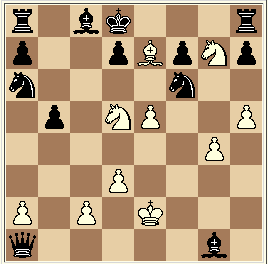
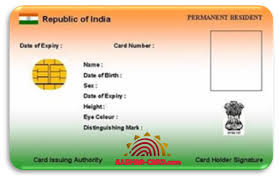 There would definitely be some genuine people who like Henry Thoreau believed that any govt can only be detrimental to individual freedom . Those interested in his philosophy can check out “
There would definitely be some genuine people who like Henry Thoreau believed that any govt can only be detrimental to individual freedom . Those interested in his philosophy can check out “

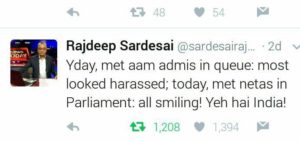


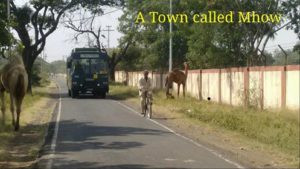
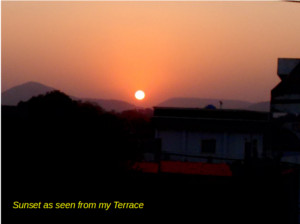
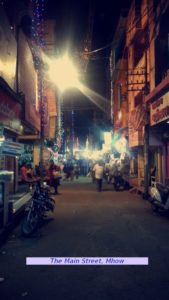 My wife ha
My wife ha